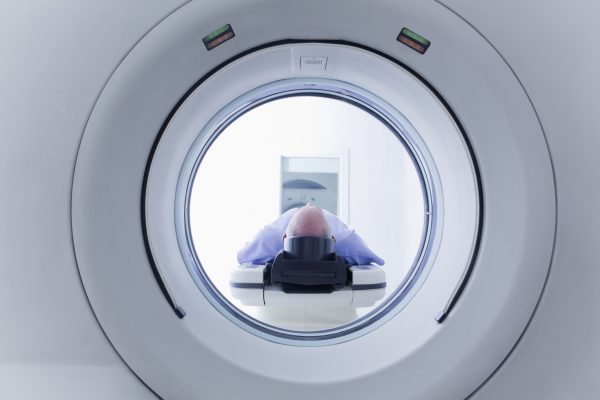
Clarithromycin is a commonly prescribed antibiotic associated with higher levels of direct oral anticoagulants (DOACs) in the blood, with the potential to increase the risk of haemorrhage. A recent study from Canada suggests that, among adults of advanced age taking a DOAC, concurrent use of clarithromycin compared with azithromycin was associated with a small but statistically significantly greater 30-day risk of hospital admission with major haemorrhage. The findings of the study were published online in JAMA Internal Medicine.
The researchers set out to assess the 30-day risk of a hospital admission with haemorrhage after coprescription of clarithromycin compared with azithromycin among older adults taking a DOAC.
This population-based, retrospective cohort study was conducted among 24,943 elderly patients (median age 77.6 years) who were either coprescribed clarithromycin (6592 patients) or azithromycin (18,351) while taking a DOAC (dabigatran, apixaban, or rivaroxaban). The study took place in London, Ontario (Canada) between mid-2009, to the end of 2016. Cox proportional hazards regression was used to examine the association between haemorrhage and antibiotic use (clarithromycin vs azithromycin).
Main outcomes was hospital admission within 30 days with major haemorrhage (upper or lower gastrointestinal tract or intracranial).
Among the 24,943 patients (12,493 women) in the study, rivaroxaban was the most commonly prescribed DOAC (9,972 patients), followed by apixaban (7,953) and dabigatran (7,018). Coprescribing clarithromycin instead of azithromycin with a DOAC was associated with a higher risk of a hospital admission with major haemorrhage (51 of 6,592 patients [0.77%] taking clarithromycin compared to 79 of 18,351 patients [0.43%] taking azithromycin; adjusted hazard ratio, 1.71 [95% CI, 1.20-2.45]; absolute risk difference, 0.34%). Results were consistent in multiple additional analyses.
Reference